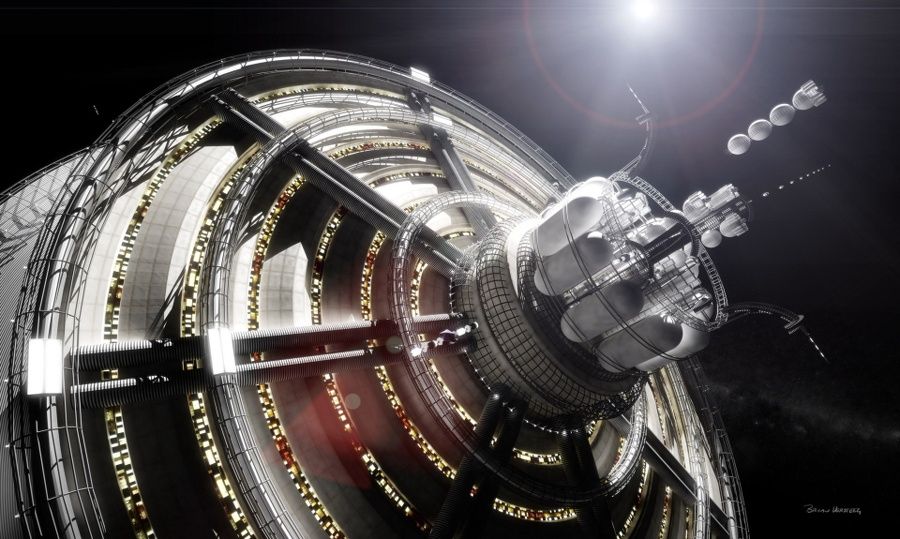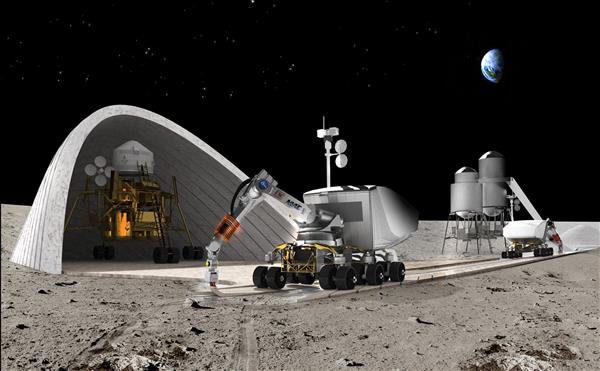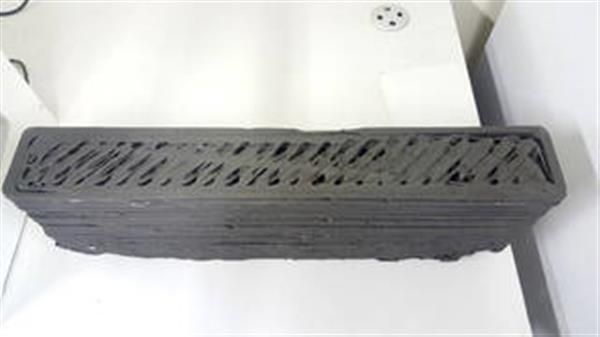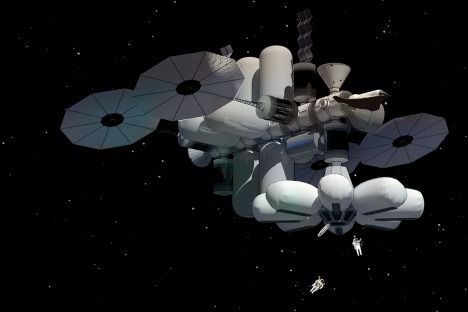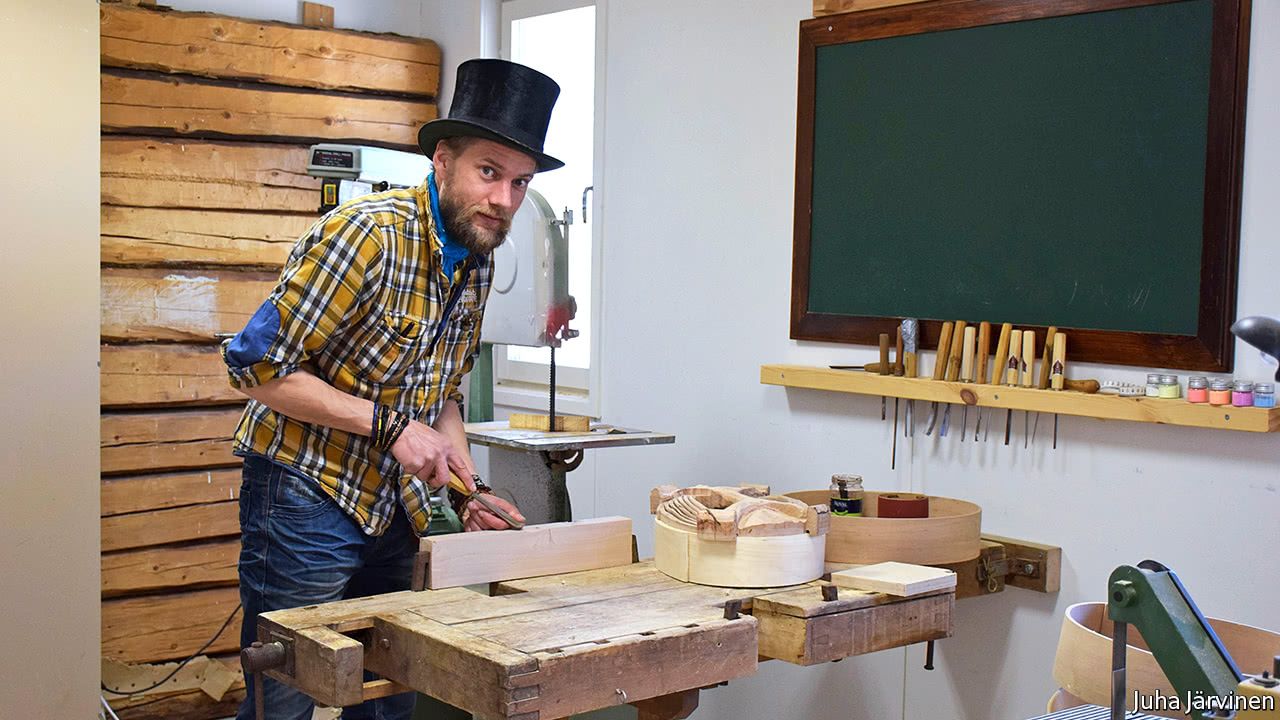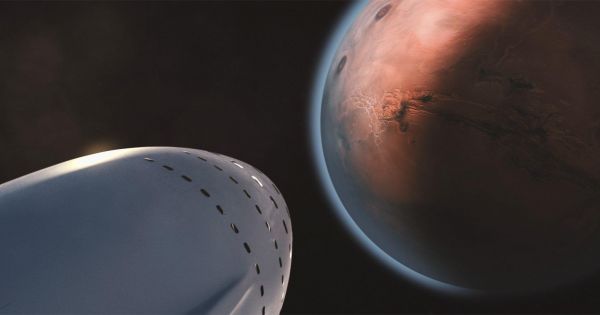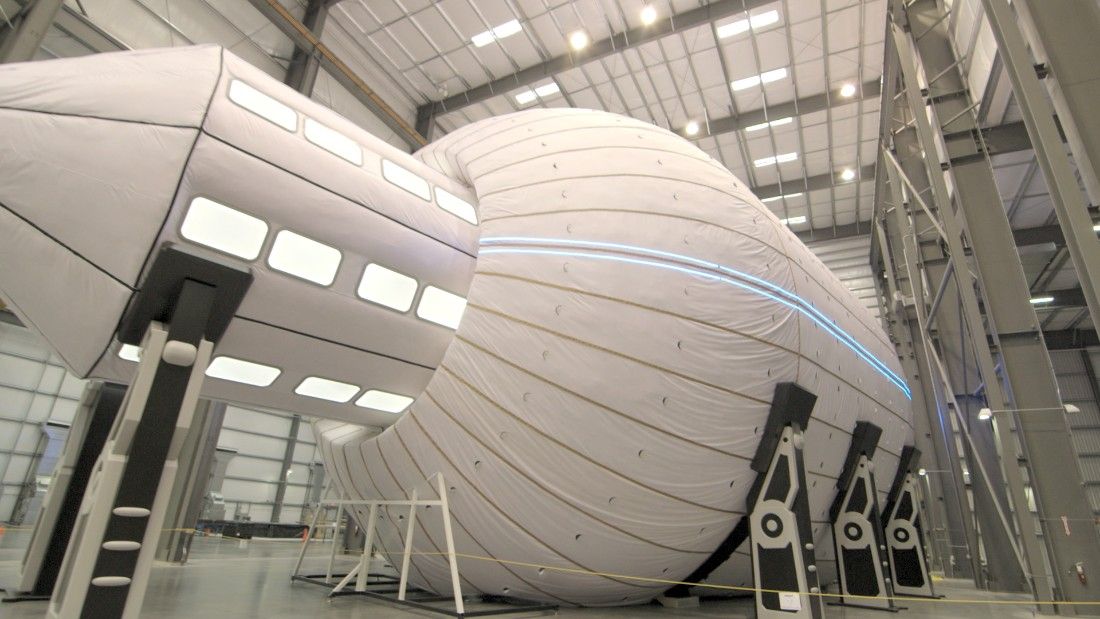As an artist and science/tech enthusiast who has spent most of his life imagining the future of public spaces, homes, cities, and the effect of technological innovations on each, I’ve always tried to project a logical but optimistic path for human progress. Not just where we may go, but why we would go and what it would be like once we got there.
To me, space is a logical step in our collective path. Humans have always wanted to climb the next hill or sail uncharted waters to see what awaited us over the horizon. We have spread to all ‘corners’ of this earth, at times to the detriment of the life that was already there. In space, we fulfill an entirely different role. When we build a space station and bring life to it, we are actually “planting” a beautiful habitat is where once there was none. This is what inspired me to imagine these spaces.
